Less pigmentation in your skin can pop up white spots

Nothing heats things up quite like the summer sun. But even on the cloudiest days, too much sun exposure could cause a variety of skin conditions to flare up. One of the most common symptoms of sun exposure often deals with changes in the pigment of your skin. These changes typically look like white spots, white patches or discoloration. Collectively, people refer to these as “sun spots.” But depending on their appearance and where these pigment changes pop up, they could actually be signs of different skin conditions.
Advertisement
Cleveland Clinic is a non-profit academic medical center. Advertising on our site helps support our mission. We do not endorse non-Cleveland Clinic products or services. Policy
Dermatologist Christine Poblete-Lopez, MD, shares details behind some of these pigment-related conditions and ways you can avoid or reduce their presentation.
One inch of your skin has about 19 million skin cells and 60,000 melanocytes. Melanocytes are the cells that make melanin, or skin pigment. The amount of melanin you have determines the color or pigmentation of your skin. Extra melanin (hyperpigmentation) makes your skin appear darker than normal, while lack of melanin makes your skin appear lighter than normal.
Sun exposure over time can have a direct effect on increasing or decreasing the cells that produce pigment. There are several pigmentation disorders, some of which can be directly affected by sun exposure or tanning. And tanning can increase your risk for all forms of skin cancers, especially melanoma.
But not all skin conditions caused by sun exposure are created equally.
Long periods of direct sun exposure can lead to painful sunburns (ever hear of hell’s itch?) that can be itchy and unrelenting. Sun exposure can also cause freckles to pop up as a result of concentrated melanin in small areas. When there’s a lack of pigment or a loss of melanocytes, white spots or patches can also pop up. These white spots or patches are very different from freckles or sunburns.
Advertisement
“They’re not itchy, painful or tender,” says Dr. Poblete-Lopez. “It’s really the change in pigmentation that bothers people the most.”
Here are some of the most common conditions associated with a lack or loss of pigment:
Also known as idiopathic guttate hypomelanosis, sun spots look like little white dots or rain droplets on your skin. These can appear anywhere on your body that’s been exposed to the sun, but you tend to see them more on your arms, legs and lower half of your body. These white spots appear because there’s less pigment in the affected area. Don’t be alarmed, though, as these spots aren’t a sign of a worsening condition. They aren’t painful or itchy, but you may sunburn more easily on the whiter areas where there is less pigment.
“We don’t know why it happens, but as your skin gets darker in the areas where you do have pigment in your skin cells, these white spots look more and more prominent and lighter,” says Dr. Poblete-Lopez.
Overproduction of yeast on your skin causes tinea versicolor, a common fungal skin infection. Unlike sun spots, tinea versicolor is less defined and shows up in larger patches. You’ll often find affected areas across your chest or back, but tinea versicolor can appear on your face, too. If you have darker skin, these patches will appear lighter, but they may show up as a faint, light brown color for anyone with pale skin.
“This condition is often associated with a lot of sweating because the yeast organisms feed on sweat,” notes Dr. Poblete-Lopez.
The yeast removes pigment from the skin, and that lack of pigment is what causes the large pale patches you see. Typically, this condition can be treated with antifungal shampoo or cream or oral antifungal medication.
“It could take months, sometimes an entire season, for pigmentation to return,” states Dr. Poblete-Lopez. “Sun exposure amplifies this condition, and if you get more sweat, you get more yeast overproduction.”
A chronic autoimmune condition, vitiligo happens when inflammatory cells target and kill the melanocytes that create pigment in your skin. Like sun spots and tinea versicolor, vitiligo isn’t painful — but affected, lighter areas of your skin can be more vulnerable to severe sunburn because they don’t contain pigment.
Because this is an autoimmune condition, it might flare up for the first time in early childhood. It can be associated with other autoimmune diseases like lupus, too. Vitiligo typically starts around your fingers, mouth, eyes, nose, genitalia or belly button. It appears as large, smooth patches of white or lighter skin and can grow over time if left untreated.
Advertisement
Because of your body’s inflammatory response, doctors can treat this condition by starting with topical steroids.
“This is very difficult to treat,” says Dr. Poblete-Lopez. “Because we know this is a chronic condition, we can’t use topical steroids forever.”
The majority of treatment, then, relies on nonsteroidal anti-inflammatory creams, and in some cases, light treatments where lasers can be used to target affected areas and activate pigmented cells. When treatment doesn’t work, you might experience vitiligo all over your body. If you prefer a more uniform skin tone, doctors may suggest removing pigment completely with the help of oral medications or skin therapy treatments.
This condition can sometimes be mixed up with a fungal infection, but pityriasis alba is believed to be caused by post-inflammatory hypopigmentation associated with eczema. When your skin gets darker as a result of sun exposure, the areas affected by eczema can become more noticeable.
“This condition causes lighter, wider patches on the cheeks of kids and sometimes adults who have eczema,” says Dr. Poblete-Lopez. “Patients with eczema have a very active immune response. Their skin is very sensitive and very itchy.”
Advertisement
Inflammation from eczema causes scaly, itchy rashes, and those patches tend to fade to white or gray pigmentation once the eczema is treated. To help control the inflammation associated with pityriasis alba, doctors will use topical steroids or nonsteroidal anti-inflammatory topical creams.
“Just like eczema, the most important thing with this condition is to keep your skin moisturized to prevent your skin from drying up and becoming itchy,” explains Dr. Poblete-Lopez.
In order to spot melanoma, you need to pay attention to any changes in moles, birthmarks, pimples or bruises on your body. Annual skin cancer screenings are suggested for anyone with a history of melanoma, using a tanning bed, blistering sunburns, significant regular sun exposure and organ transplant recipients. And while white sun spots in their varying forms might not usually pose additional dangers, if you notice any changes in your skin tone, you should see a dermatologist for evaluation just to be safe.
“I tell every patient to use protection from the sun and I would do that even more if you have pigmentary problems,” says Dr. Poblete-Lopez. “Areas without pigment cells are more vulnerable to the development of skin cancers.”
Advertisement
You can’t shy away from the sun forever.
“The sun’s rays go through the windows of our cars, our offices and our homes, so you’re never spared the effects of the sun,” notes Dr. Poblete-Lopez.
But you should avoid the sun during peak hours between 10 a.m. and 3 p.m. If you’re unable to do that, there are a few other things you can do, like:
“Make a habit of using sun protection much like you brush your teeth,” says Dr. Poblete-Lopez.
Learn more about our editorial process.
Advertisement
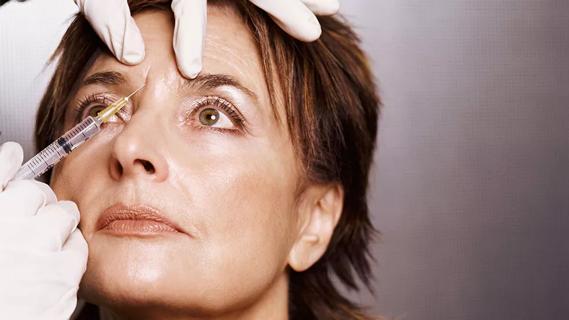
With repeat injections over time, you may be able to slow the development of new wrinkles

Polarized lenses have an added benefit of a special coating that reduces glare on reflective surfaces like water and snow

Pantothenol is a powerful moisturizer and can help repair damaged skin and hair

This alternative to retinol may be easier on sensitive skin
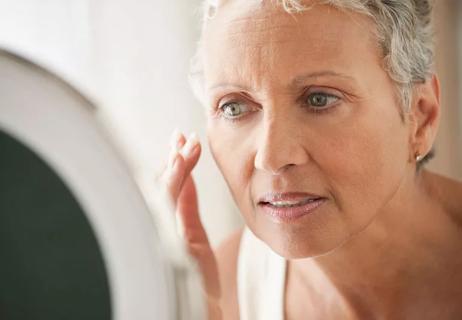
Day creams should protect your skin, night creams should soothe and repair it
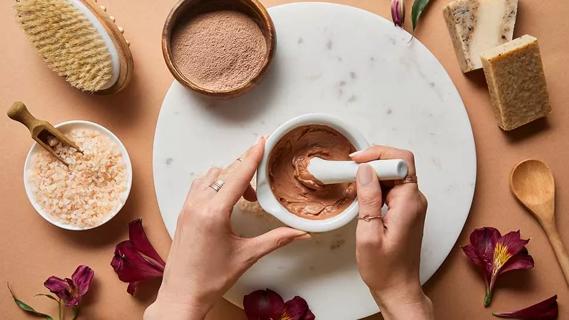
Pure cocoa butter can help keep your skin supple, with a subtly delicious scent
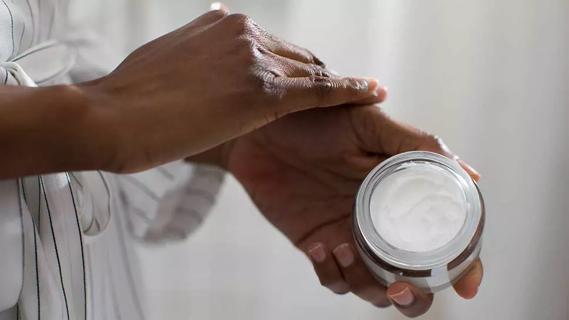
Keep your showers short and lukewarm, and moisturize promptly after with a cream containing ceramides
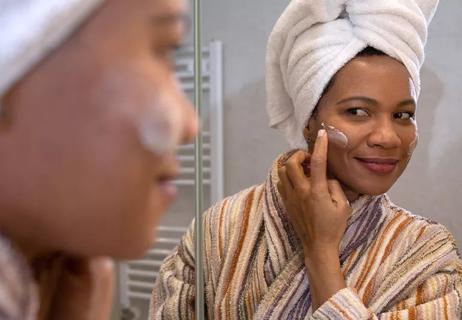
Focus on the philosophy — replenishing and respecting your skin — not necessarily the steps

Type 2 diabetes isn’t inevitable with these dietary changes

Applying a hot or cold compress can help with pain